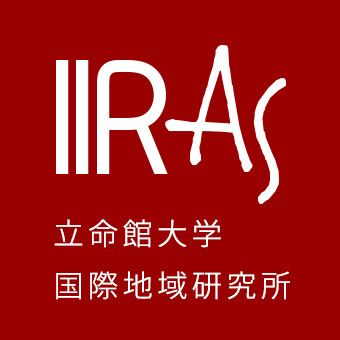【Report】Summary of the lecture by Anh Phuong Le, a PhD student in International Studies at the Graduate School of Asia-Pacific Studies, Waseda University, 20 November 2025
"Journey to the East: Labor migration from Vietnam to Japan"
On November 20, Anh Phuong Le, a PhD student in International Studies at the Graduate School of Asia-Pacific Studies, Waseda University, delivered a guest lecture on "Journey to the East: Labor migration from Vietnam to Japan" at Ritsumeikan University.
Anh began by providing an overview of the conditions and migration issues in Japan, focusing on the number of foreigners living in the country each year, the countries from which these foreigners originate, and the types of visas available for foreign residents. It discusses the increasing number of Vietnamese individuals in Japan and highlights the areas where the majority of Vietnamese residents are located. Further, Anh explained that the most common type of visa for Vietnamese workers in Japan is the Technical Intern Training Program (TITP) visa. She also explained the various challenges faced by Vietnamese workers with TITP visas, such as falling into debt traps, experiencing workplace violence, and dealing with work-related accidents. As an illustration of the difficult conditions encountered by Vietnamese TITP workers, Anh presented a short documentary film showcasing the advocacy efforts of NGOs through a temple dedicated to assisting Vietnamese TITP workers in need.
Additionally, Anh shared stories from her experience as a volunteer translator at an NPO called NPO POSSE (a Tokyo-based organization that supports the rights of migrant workers in Japan), which aims to support the rights of foreign workers in Japan. She recounted her work assisting individuals who had suffered workplace accidents, such as burns on their hands and injuries that resulted in lost fingers. Unfortunately, her efforts were often hindered by significant pressure from various parties, including intermediaries, or kumiai, who should have been working to defend the workers' rights.
Further, Anh explained the SSW visa, which serves as a new pathway from the TITP visa. This visa has opened up a new business opportunity for worker sending institutions in Vietnam, allowing them to train prospective workers by teaching them Japanese. The goal is for these participants to obtain an SSW certificate ultimately. In addition to the TITP and SSW visas, Anh explained that the engineer visa was being used as a way to switch from the TITP visa; however, in reality, they were not doing work as engineers, and it ended up causing problems. Moreover, Japan also utilizes students to address labor shortages in various fields. This is evident in the phenomenon of many Vietnamese students working part-time in sectors such as convenience stores, hotels, restaurants, and factories. And from all of them, Anh emphasized the vulnerable conditions faced by each of these visas.
The discussion continued with a question-and-answer session, covering the situation of Vietnamese workers in Japan, and examples of what are the roles of the Vietnamese Embassy in advocating for Vietnamese workers in Japan who are facing issues. Is there an alumni association for Vietnamese workers in Japan, and what is its function? Additionally, how are Vietnamese workers in Japan reacting to the current rise in anti-foreigner sentiments?
Anh concluded the lecture by emphasizing that it is very important to pay attention to the migration issue in Japan, especially considering workers with temporary visas such as TITP and SSW, as well as the backdoor work done by students as part-time workers, and so on.


